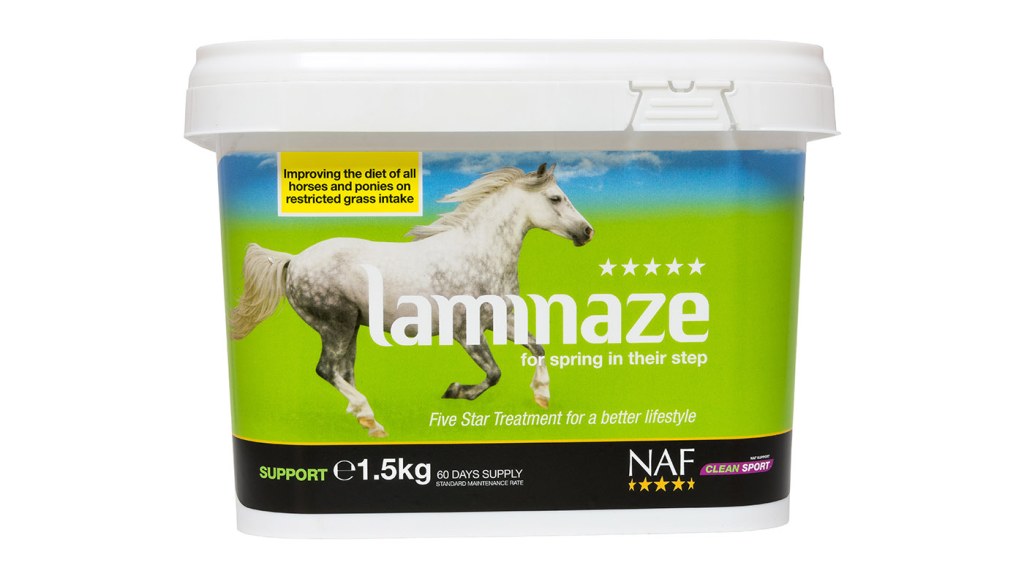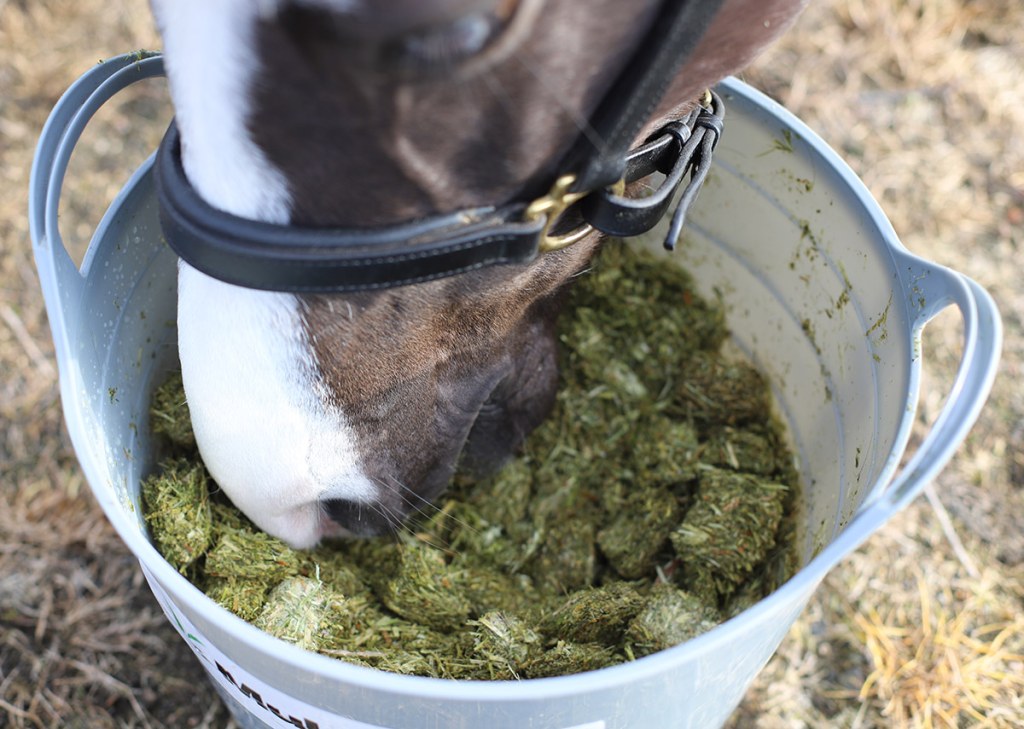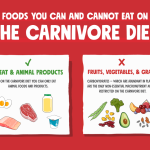The Ultimate Guide To Laminitis Diet For Horses – Take Control Of Your Horse’s Health Now!
Laminitis Diet for Horses: A Comprehensive Guide
Introduction
Hello, Healthy People! In this article, we will delve into the topic of laminitis diet for horses. Laminitis is a common and debilitating condition that affects the feet of horses, causing severe pain and lameness. By understanding the importance of a proper diet and nutrition, we can help prevent and manage this condition in our equine friends.
2 Picture Gallery: The Ultimate Guide To Laminitis Diet For Horses – Take Control Of Your Horse’s Health Now!


Here, we will provide you with a complete guide on the laminitis diet, including what it is, who it affects, when to implement it, where to find the necessary resources, why it is crucial, and how to effectively implement it in your horse’s daily routine.
What is Laminitis Diet for Horses? 👇

Image Source: timeincuk.net
Laminitis diet for horses refers to a specific feeding regimen designed to support the health and well-being of horses affected by laminitis. This diet focuses on reducing inflammation, managing weight, and providing essential nutrients to promote hoof health and overall recovery.
Implementing a laminitis diet involves careful selection and monitoring of the horse’s feed, as well as considering factors such as forage quality, calorie intake, and mineral balance. By following a proper diet, horse owners can significantly improve the horse’s quality of life and increase the chances of successful recovery.
The Benefits of a Laminitis Diet
👍 Providing proper nutrition to support hoof health and recovery.

Image Source: shortpixel.ai
👍 Reducing inflammation in the hooves, minimizing pain and discomfort.
👍 Managing weight and preventing further damage to the laminae.
👍 Supporting overall health and well-being of the horse.
👍 Increasing the chances of successful recovery and preventing future episodes of laminitis.
The Drawbacks of a Laminitis Diet
👎 Restricting feed and limiting grazing time may cause stress and behavioral issues in some horses.
👎 Monitoring the horse’s diet requires time and effort from the owner or caretaker.
👎 Specialized feeds and supplements for a laminitis diet can be more expensive compared to regular horse feed.
👎 Implementing a laminitis diet may require adjustments and consultations with equine nutritionists or veterinarians.
Who is Affected by Laminitis Diet?
🐴 Horses of all breeds, ages, and sizes can be affected by laminitis.
🐴 Horses with metabolic disorders such as equine metabolic syndrome (EMS) or pituitary pars intermedia dysfunction (PPID) are more prone to developing laminitis.
🐴 Horses that have experienced previous bouts of laminitis are at higher risk of recurrence.
🐴 Horses that are overweight or obese are more susceptible to developing laminitis.
🐴 Horses that have undergone prolonged periods of physical stress or trauma may develop laminitis.
🐴 Horses that are exposed to high-sugar or high-starch diets, such as those with access to lush pasture or excessive grain intake, are at increased risk.
When Should You Implement a Laminitis Diet?
Implementing a laminitis diet is crucial in various situations:
1. When your horse has been diagnosed with laminitis, it is essential to start a specialized diet immediately to maximize the chances of recovery.
2. If your horse is at risk of developing laminitis due to underlying metabolic conditions or other predisposing factors, implementing a preventive laminitis diet is highly recommended.
3. If your horse has previously had bouts of laminitis, it is crucial to manage their diet long-term to minimize the risk of recurrence.
4. If your horse is overweight or obese, a laminitis diet can help manage their weight and reduce the risk of laminitis.
Where Can You Find Resources for Laminitis Diet?
When it comes to designing a laminitis diet for your horse, it is advisable to seek guidance from professionals such as equine nutritionists or veterinarians. They can provide tailored advice based on your horse’s specific needs and condition.
You can also find valuable resources on reputable equine websites, equine nutrition books, and research papers to deepen your knowledge and understanding of the subject. However, always ensure that the sources you refer to are reliable and evidence-based.
Why is Laminitis Diet Important?
A proper laminitis diet is crucial for the following reasons:
🔹 It reduces inflammation, which is a major contributor to laminitis-related pain and lameness.
🔹 It supports the healing process of the laminae and promotes overall hoof health.
🔹 It helps manage weight and prevent further damage to the laminae caused by excessive weight-bearing.
🔹 It provides essential nutrients to support the horse’s overall health and well-being.
🔹 It reduces the risk of recurrence and helps prevent future episodes of laminitis.
How to Implement a Laminitis Diet?
Implementing a laminitis diet involves several key steps:
1. Consultation with a professional: Seek guidance from an equine nutritionist or veterinarian to develop a tailored diet plan for your horse.
2. Forage selection: Focus on providing low-sugar and low-starch forage options, such as soaked hay or hay alternatives.
3. Feed management: Monitor and manage calorie intake to maintain an ideal body weight for your horse.
4. Mineral balance: Ensure the horse receives adequate minerals, especially magnesium and zinc, which play a crucial role in hoof health.
5. Exercise and turnout: Incorporate regular exercise and controlled turnout to promote circulation and prevent obesity.
6. Regular monitoring: Keep track of your horse’s body condition, weight, and overall health to make necessary adjustments to the diet plan.
Frequently Asked Questions (FAQs)
1. Can laminitis be completely cured?
While laminitis can be managed and controlled, complete cure and prevention of future episodes are dependent on various factors, including the underlying cause and the horse’s overall health. Early detection and timely intervention increase the chances of successful recovery.
2. Can horses with laminitis have access to pasture?
Access to pasture should be carefully managed for horses with laminitis. Limiting grazing time, using grazing muzzles, or providing a small, controlled grazing area can help prevent excessive intake of high-sugar grass and reduce the risk of laminitis.
3. What are the signs of laminitis in horses?
The signs of laminitis in horses include lameness, reluctance to move, shifting weight, increased digital pulse, heat in the hooves, and abnormal hoof growth. If you notice any of these signs, it is crucial to consult a veterinarian for a proper diagnosis and treatment.
4. Can laminitis be prevented?
While some factors contributing to laminitis, such as underlying metabolic conditions, cannot be completely prevented, proper management strategies, including a laminitis diet, can significantly reduce the risk. Regular hoof care, appropriate weight management, and controlled exercise also play key roles in prevention.
5. What are the long-term effects of laminitis?
Laminitis can have long-lasting effects on a horse’s hoof health and overall well-being. Severe cases can lead to permanent lameness, hoof deformities, and reduced performance. However, with proper management, including a laminitis diet, the long-term effects can be minimized, and horses can lead a comfortable and active life.
Conclusion: Take Action for Your Horse’s Health
Now that you have gained a comprehensive understanding of the laminitis diet for horses, it’s time to take action to support your horse’s health and well-being. Consult with professionals, educate yourself with reliable resources, and implement a tailored laminitis diet to provide the best care for your equine companion. By prioritizing nutrition and proper diet, you can help prevent, manage, and improve the condition of laminitis in horses.
Final Remarks
Disclaimer: The information provided in this article is for educational purposes only and should not substitute professional advice. Always consult with qualified equine professionals, such as veterinarians or equine nutritionists, regarding your horse’s specific dietary needs and health concerns.
This post topic: Diet


